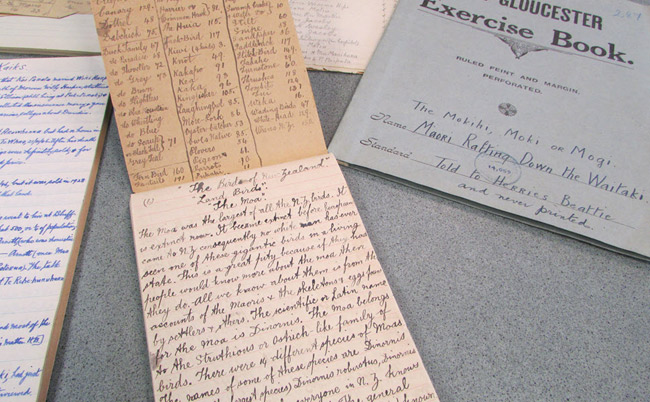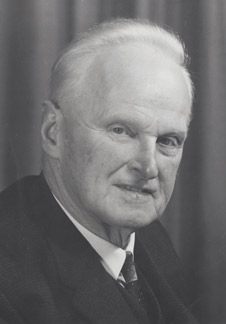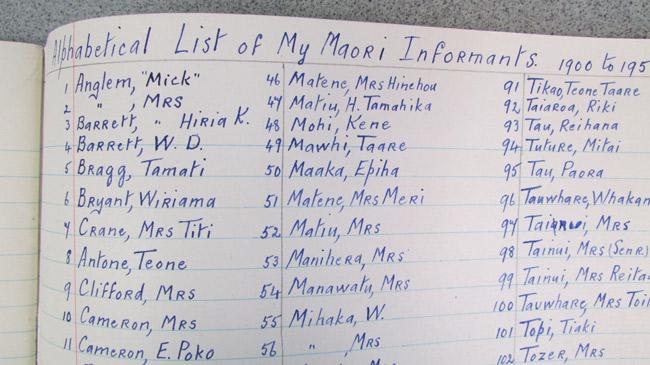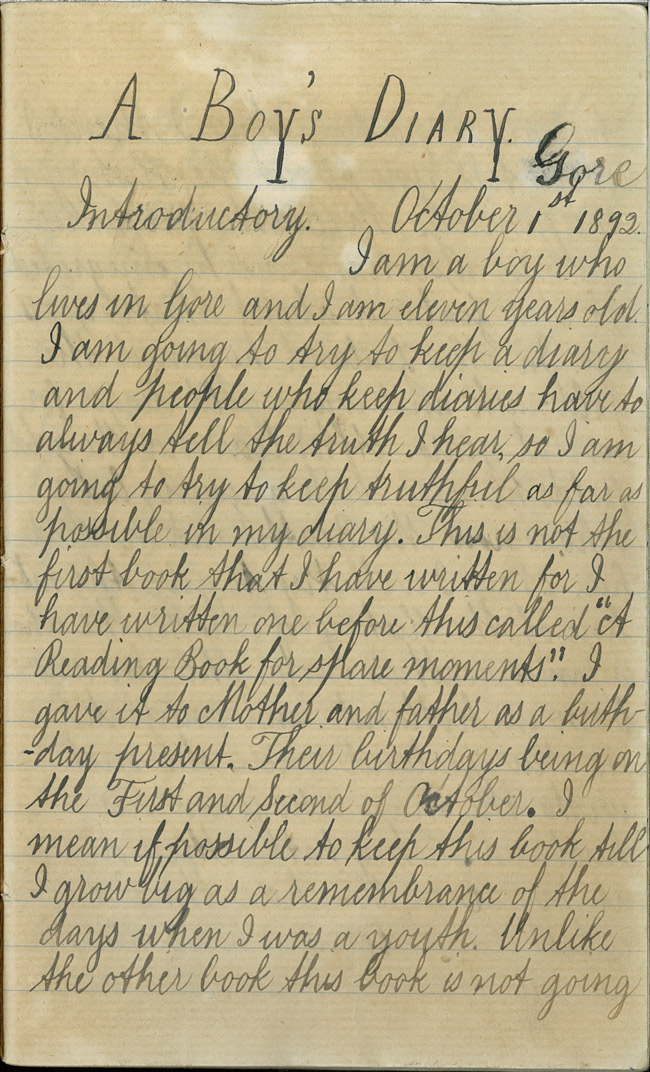Monday 26 November 2018 9:52pm

Some of the collection of James Herries Beattie Papers, held by Hocken Collections, Uare Taoka o Hākena, which have today been added to UNESCO’s Memory of the World New Zealand register.

James Herries Beattie.
A comprehensive collection of papers detailing Ngāi Tahu practices – from food gathering to childbirth – has been added to UNESCO’s Memory of the World New Zealand register today.
The James Herries Beattie Papers, held by the University of Otago’s Hocken Collections, Uare Taoka o Hākena, is one of eight new inscriptions to the documentary heritage register.
The register, which sits alongside UNESCO’s World Heritage List and Register of Intangible Cultural Heritage, highlights significant documentary heritage as a way of demonstrating the importance of preserving and providing access to all such items.
Anna Blackman, the Hocken’s Head Curator Archives, describes the papers as “an exceptionally rich collection”.
The papers document uniquely Ngāi Tahu culture and knowledge. They cover traditional stories and narratives, naming of places, things and people, as well as food gathering practices, hunting and fishing, pounamu, weapons and tools, textiles, knowledge of plants and animals, customs relating to childbirth, death and other life events, religion, health, sickness and medicine, dance, trails and travelling, waka, stars and weather.

Among the papers - an alphabetised list of Beattie's Māori informants over the years.
“The papers provide culturally significant insights into South Island tribal history and colonial history,” she says.
Used by Beattie himself as the basis for his numerous publications, the collection was used extensively in Ngāi Tahu treaty claims in the 1990s. The iwi has also used the papers to support a cultural mapping project and recent biographical book.
Professor Tony Ballantyne, Pro-Vice-Chancellor, Division of Humanities, describes the papers as “a remarkable body of materials” compiled over eight decades of intellectual work.
Beginning as a boy of 11, Beattie was an enthusiastic writer and collector, and he pursued those intellectual passions alongside his career as a book-keeper, journalist, and bookseller, Professor Ballantyne says.
"The collection of materials that Beattie accumulated and gifted to the Hocken is almost certainly the richest collection focused on a particular region held in any New Zealand repository."
“Beattie's interests as a collector were expansive, ranging across natural history (especially birds), place names, local history with a particular interest in 'pioneers', Māori oral history and traditional life ways.
“He pursued these questions through relentless reading, the production of voluminous clipping-books, interviewing the knowledgeable and the elderly, exchanging material with other collectors, and through research trips undertaken by train, bike, and foot.
“The collection of materials that Beattie accumulated and gifted to the Hocken is almost certainly the richest collection focused on a particular region held in any New Zealand repository.
“They are a richly textured and voluminous guide to the history of southern New Zealand in the nineteenth century as well as an invaluable starting point for the study of Waitaha, Kati Mamoe, and Kai Tahu in the preceding centuries as well.”
Memory of the World New Zealand Trust Chair Bruce Ralston says documentary heritage takes many different forms.
“It is valuable for our sense of identity. It records our history and helps us understand how we have become the society we are. But it is fragile and can be taken for granted,” Mr Ralston says.
“Through UNESCO’s Memory of the World scheme the preservation and access to our memory through documentary heritage is brought to public awareness.”
These latest listings bring the total to 35 documentary heritage collections on the New Zealand register. Each is a valuable source of research for historians, researchers, educators and many others throughout the world.

One of many treasures ... Beattie's diary begun when he was 11 years old in 1892.
